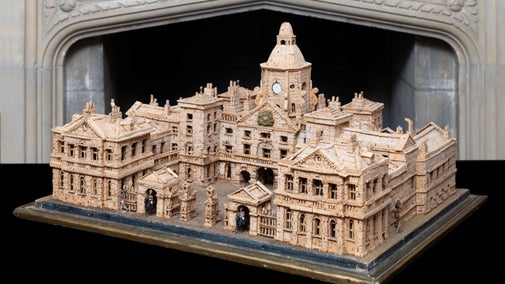
Ceramic collections
Visit the National Trust Collections website to discover more about the ceramics in our care.

The National Trust’s ceramics collection is a vast and encyclopaedic treasure trove, with approximately 75,000 ceramic objects in our care. Discover 11 highlights collected from around the world, learn about historic ceramic repairs, and delve deeper into the unique collection here.





Visit the National Trust Collections website to discover more about the ceramics in our care.
The art and heritage collections we care for rival the world’s greatest museums. Learn more about the collection of paintings, decorative art, costume, books, household and other objects at historic places.

Explore a selection from more than half a million books and manuscripts in the collections we care for. Libraries Curator Tim Pye takes a closer look at some of the most significant works.

We look after the largest collection of tapestries in the UK and one of the largest in the world. Learn more about these status symbols and explore some of the best examples of this craftmanship at the places in our care.

There are many intriguing objects with connections to magic, mystery or death at the places in our care. From a witch's cauldron to death masks and a boat made of bones, discover some of the most mysterious objects in our collections.
